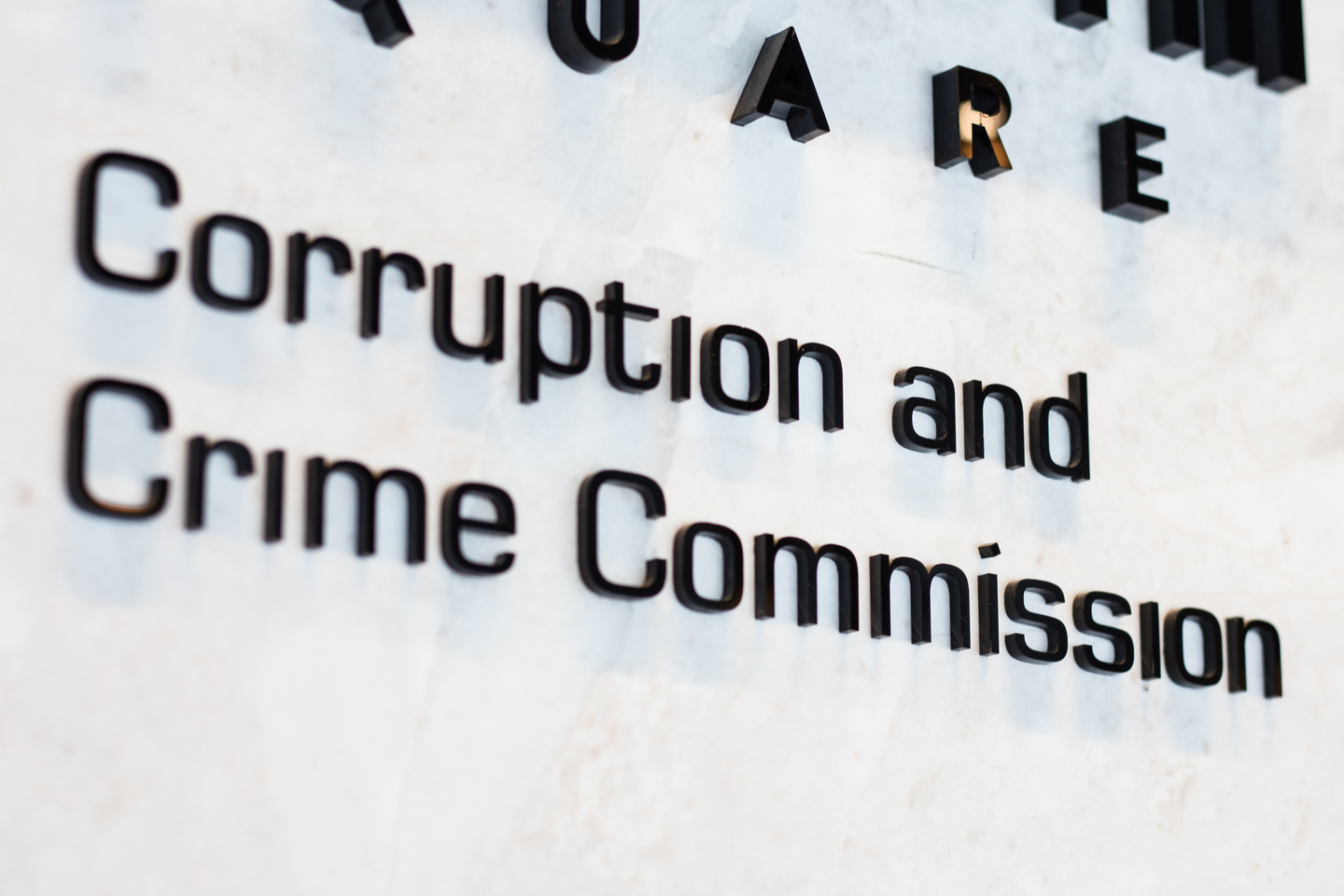Many questions remain regarding the death of a man at Rockingham Hospital.

Three distinct angles and a whole raft of questions flow from one of the more curious stories of the year.
Was a palliative care patient in fact dead when placed inside a body bag at the Rockingham Hospital mortuary?
Why wasn’t a death certificate issued before 55-year-old Kevin Reid was moved from a ward to the morgue on September 5?
Did an experienced doctor, sent a day later to issue the certificate, overreact to what he saw when the bag was unzipped?
Why was he asked to backdate the time of Mr Reid’s death, and was that just business as usual at a hospital facing the pressures of a health system buckling?
There is no doubt the doctor’s statement to the Western Australian coroner, complete with a supporting description of what he witnessed, shaped the headlines when Business News broke the story on October 6.
But given Mr Reid’s situation was terminal – and as far as an experienced nurse was concerned, he had passed away and was pronounced dead – the real story lies in the situation the doctor found himself in beyond that decision.
The South Metro Health Service, which governs Rockingham Hospital, has already made two stunning admissions, which back the doctor’s account.
Against all standard protocols, Mr Reid was transferred from his hospital bed to the morgue without being officially declared dead by a doctor.
And the doctor at the centre of the case was indeed asked twice to backdate the death to fit with the time – about 16 hours earlier – that Mr Reid was taken to the morgue.
Another new piece of information to emerge during the health service’s attempt to play down any concerns was that Mr Reid’s body was left on the ward for at least five hours.
In all that time, let alone the hours he spent in the morgue, his death wasn’t certified.
If staff shortages or heavy workloads are the reason for that clear omission of accepted practice, then the doctor is completely justified in calling it out by reporting the matter to the coroner’s office.
He, and importantly other staff present, observed tell-tale signs that Mr Reid may have momentarily displayed signs of life at some point when in the morgue.
His eyes, previously closed by a nurse on the ward, were open and his pupils were 2.5mm.
“The left arm was across the chest with the left hand over the right shoulder,” the report to the coroner said.
“There was frank blood in the gown from a new skin tear on the right upper arm. That was not there when I had seen him the previous day.”
When confronted by this doctor’s account, Premier Mark McGowan – a politician not a physician – insisted it was “extremely, extremely, extremely unlikely he was still alive”.
The doctor, and others with him, didn’t fabricate what they saw and felt compelled to notify the coroner when he claims a senior hospital official told him to change the date of death because a funeral director questioned the anomaly on behalf of Mr Reid’s family.
“I declined the request,” the doctor told the coroner. “I informed the acting head of the department about the discussion, and she was concerned.”
It’s important to know that when the doctor reported seeing Mr Reid in an unusual circumstance post-mortem, he first reported that to a department head; that person told him to record the time and date of death to match his examination, not the day before.
He also raised his concerns with others.
“I proceeded directly to the palliative care team who were involved with the patient’s care to discuss these findings,” the doctor reported to the coroner.
The discussion determined that Mr Reid, when seen in the morgue, was not how he had been when lying in state on the ward.
Last rites had been performed, his eyes were closed and his gown was replaced.
Health service chief executive Paul Forden, in responding to media questions, said the doctor “did not note any concerns” about Mr Reid’s situation when completing the appropriate death certificate paperwork.
According to the doctor, he made detailed notes and attached them to Mr Reid’s records.
Now it’s up to three inquiries, including one by the Corruption and Crime Commission, to answer the real questions in this curious case.















